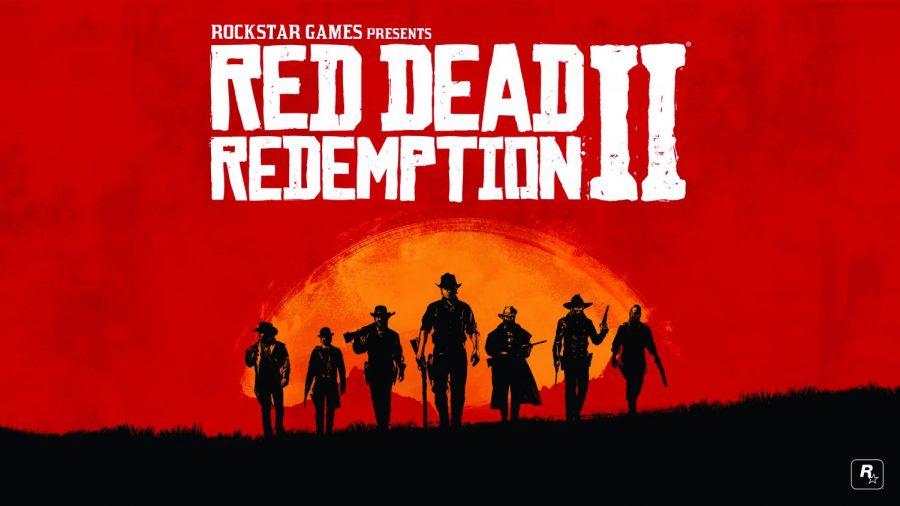“Red Dead Redemption II” forces players to survive wild west
“Red Dead Redemption II” (RDR 2) is one of the most unique gaming experiences ever designed. For better or worse, it stands as a testament to exactly where the advent of video gaming, and particularly its use as a device for narrative storytelling, has led the industry.
RDR 2 is the follow-up to 2010’s “Red Dead Redemption,” one of the most celebrated games of the last console era. In that game, players assumed the role of former outlaw John Marston in the year 1911. With the Wild West in radical decline as civilization encroaches on its final vestiges, Marston is tasked by the government with hunting down the dangerous members of his former gang, led by notorious leader Dutch van der Linde.
In RDR 2, the year is 1899, and you, Arthur Morgan, are a key member of that gang. After a boat robbery gone wrong, you and your crew are forced to go on the lam, heading east to dodge lawmen, bounty hunters and the vicious rival gang known as the O’Driscolls. Along the way, you fight, shoot and hunt your way to survival and, you hope, prosperity.
Players are likely to be struck by this game’s sheer scope. The map, for one, is not only massive, but the biggest of any developed by Rockstar Games. It’s not just the size of the map, however, but its beauty. Often times I found myself simply stopping and staring from the top of a mountain to the valley and forest below.
Yet for its vastness, RDR 2 exhibits exhilarating levels of detail in its world. So much, in fact, the game has developed some criticism for it. While the first Red Dead Redemption was rich in detail for its time, activities such as hunting and foraging were decidedly more superfluous, mainly functioning as a means of getting more in-game money.
In RDR 2, however, they’re necessary to survive. If you don’t regularly feed and brush your horse, for example, its health drains quicker. If you get dirty, you must take a bath to appear acceptable to the townspeople you might encounter. Weapons must be cleaned and maintained to reach their full effectiveness. You must track animals to properly hunt them, and make sure they don’t catch your scent and run off.
To the casual player, this level of detail can be equal parts astounding and annoying, especially in the beginning of the game. However, learning how to manage these activities along your exploits is part of fulfilling what appears to be Rockstar Games’ goal of having a believable wilderness, one which you must not only conquer, but attempt not to be conquered by.
These gameplay elements thus enhance one of the main themes of the game and its narrative. As the era of the Wild West is drawing to a close, Morgan and his compatriots struggle with their own identities as outlaws in a land where the law and civilization are becoming increasingly destructive realities. The van der Linde gang is becoming a relic, and the game questions whether that is a purely good development. While the law may keep them from robbing, for example, the government continues to encroach on and steal Native American land.
Like its predecessor, RDR 2 suggests that “civilization” may not be as lawful and ordered as it seems. In the end a vicious gang may be made up of liars and cheats, but so are the boardrooms and city halls and chambers of Congress. If they’re not robbing from horseback, they’re doing the same from a dotted line.
RDR 2 stands to show us how complex and rich video games have become, and where they could potentially lead us. The realism may seem tedious, but at the very least it sparks a conversation about how we tell stories as our technology allows us to reach new, almost unlimited heights.
Red Dead Redemption II features roughly 60 hours of story-related gameplay, not including the endless time one could spend exploring its massive world. The game was released October 26 and is available on Xbox One and Playstation 4 consoles.






